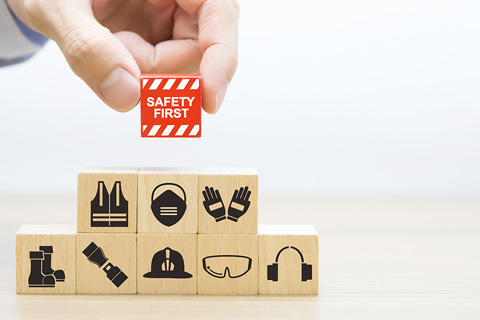Current Regulatory Scenario for Medical Devices in the UK

The current Regulatory scenario for medical devices in the United Kingdom (UK) is governed by the Medical Devices Regulations 2002 (SI 2002 No. 618, as amended), also known as the UK MDR 2002. This framework was originally based on the European Union (EU) Directives, but following the UK’s exit from the EU, there have been changes to how medical devices are regulated in Great Britain (GB), comprising England, Wales, and Scotland.
Here are the key points with respect to the current Regulatory scenario for medical devices in the UK:








